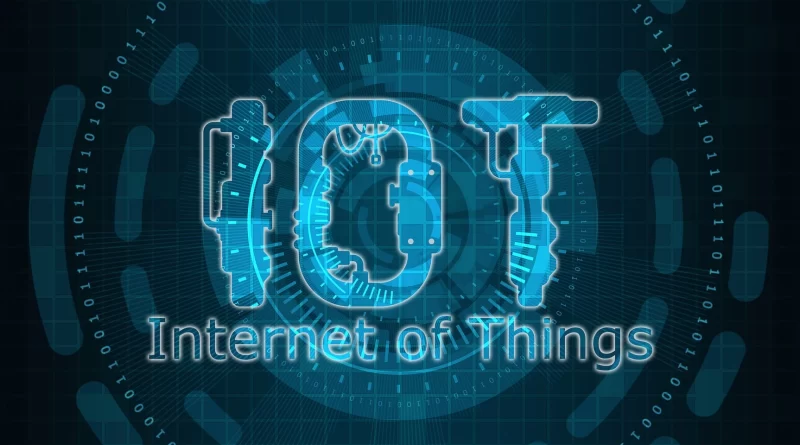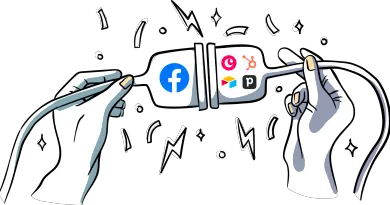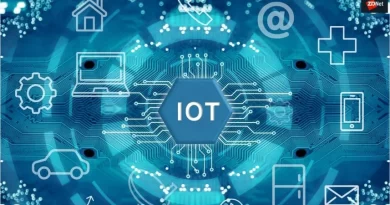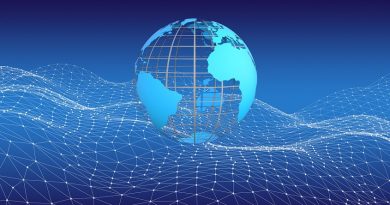How the Internet of Things Is Taking Tech Into the Future
The Internet of Things (IoT) is becoming a household term, with unique applications not only in our homes, but also in our businesses, workplaces, and cities. By 2025, the number of installed IoT devices is expected to reach around 30.9 billion units. Technology in its various forms has the potential to provide enormous business value.
They are critical tools for digital transformation and datafication, and their strength lies in performance enhancements and problem-solving capabilities. The role that IoT plays in the success of other technologies is what makes it so important as a technology trend this year and in the future.
Keeping a finger on the pulse of the latest IoT trends is critical for business owners looking to drive evolution into 2023 and beyond.
What Exactly Is IoT?
In general, the Internet of Things (IoT) refers to the ecosystem of internet-connected smart devices and technologies in our homes, cities, and workplaces that continuously collect data.
- There are currently over seven billion connected IoT devices in use.
- 75% of all devices are expected to be IoT by 2030.
- Global IoT spending is expected to reach $1 trillion by 2023, with this growth rate expected to continue.
The Advantages of IoT in Business
- IoT solutions aid in the development of resilient supply chains.
- Improved health, happiness, safety, and security.
- Enhanced asset utilization and maintenance.
- Overheads have been reduced.
- Communication and engagement have improved.
- Meaningful environmental and sustainability advancements.
IoT-Enabled Technology Trends
1. Remote monitoring
The Covid-19 pandemic, according to McKinsey, accelerated the adoption of digital technologies by seven years. As a result of global lockdowns, this naturally includes the need for remote monitoring and the transition to automated systems. Building monitoring and machine performance, as well as building occupancy and machine learning, are all being transformed by IoT-based technologies.
2. Solutions for modular smart technologies
Individual devices that perform multiple functions have given way to networks of devices. This device network assembles a modular system of individual utilities and processes. The end result is a granular view of entire operations that works toward overall network benefits.
3. Data examination
Data is widely regarded as one of the most important strategic tools available to businesses. High-quality data is important in developing business strategies (what can be monitored can be managed more effectively) and ensuring the integrity of supply chains. Real-time action is also inspired by alerts about deviations from “normal” data sets, which can avert disaster and save money. Data can also motivate high levels of compliance, machine learning, customer service, maintenance schedules, safety, and security. Furthermore, it provides invaluable insights for calculating return on investment and avoiding waste.
4. Machine learning, artificial intelligence, and visual inspection
Artificial intelligence, machine learning, visual inspections, and automation are all becoming more common. All of these functions are best guided by data insights, which eliminate the unpredictability and margin of error in human processes.
5. High-tech networks
As IoT technologies evolve, so do the networks that support them. Improved network and connectivity infrastructure speed, security, and reliability are the precursors to IoT sensors, wearables, smart cities, and homes.
6. Intelligent buildings and cities
The Internet of Things (IoT) and smart technologies are being used to optimize various functions within the city environment. This is being done to engage the public and improve everything from public transportation to responsible and environmentally conscious resource utilization.
IoT and smart technology solutions are also being used in businesses, buildings, healthcare, retail, agriculture, and manufacturing. IoT technologies have the potential to impact many different aspects of these various sectors. This includes vaccination cold chains, predictive maintenance for improved equipment management, as well as transportation and logistics. The applications are limitless, and they can be easily tailored to the specifics of a project or long-term strategic goal.
7. Virtual twins
Virtual replicas of a physical product, process, or system that bridge the physical and digital worlds are known as digital twins. Sensors are used in today’s digital twins to collect real-time data about a physical item, which is then used to create a virtual duplicate of the item. The digital duplicate can be optimized, manipulated, and analyzed in a risk-free environment to test various scenarios.




